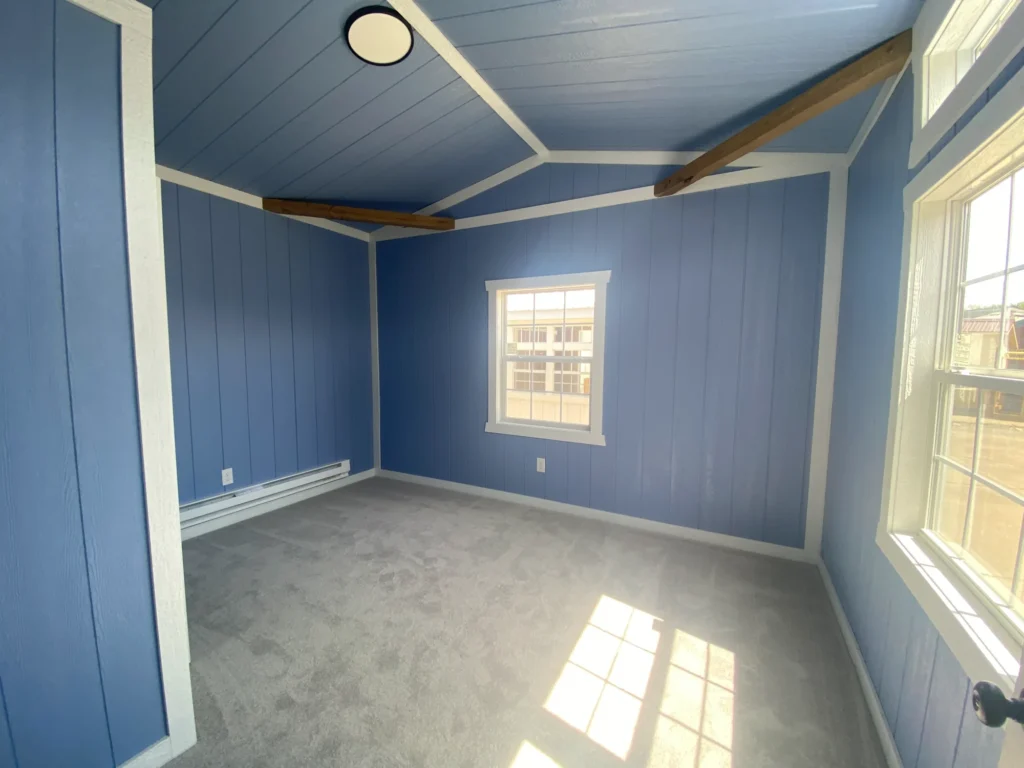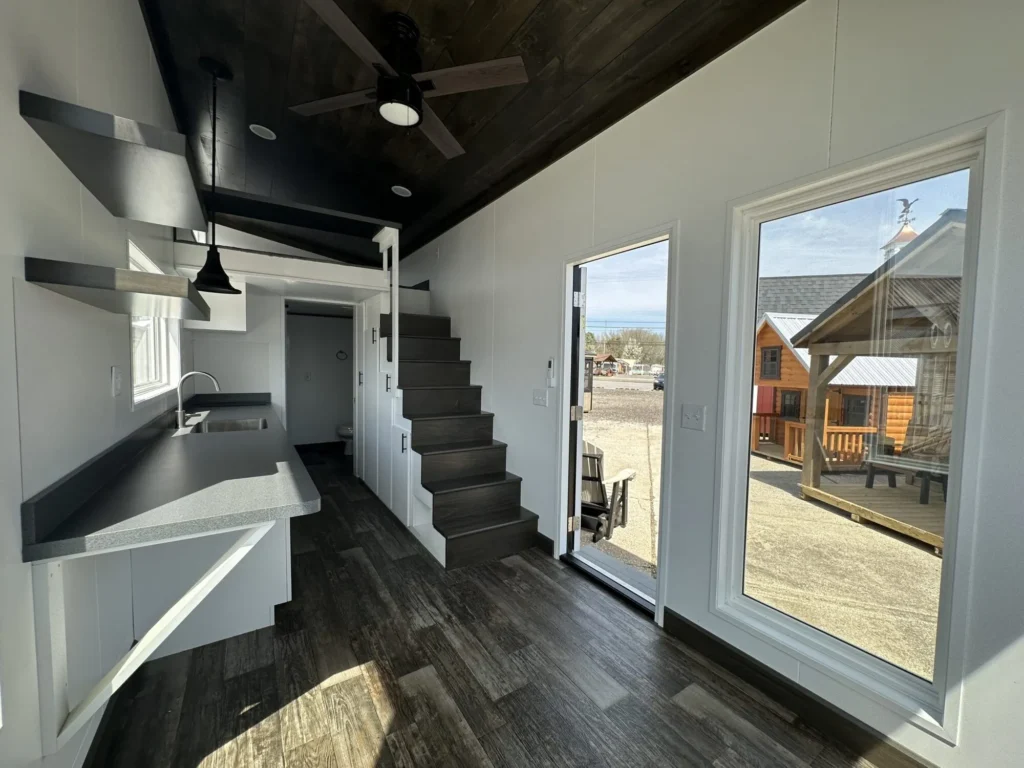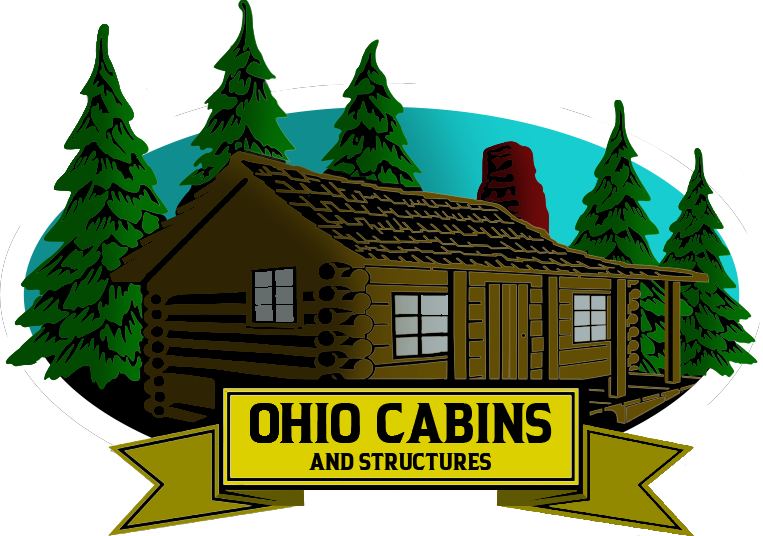As the tiny home movement continues to grow, one of the most pressing questions future owners face is where can you put a tiny home? Unlike traditional housing, tiny homes often come with unique placement challenges, especially when it comes to zoning laws, utility access, and mobility. Understanding the legal, practical, and lifestyle implications of tiny home placement is essential before committing to this lifestyle. This article will walk through the possibilities and limitations of where you can legally and comfortably place your tiny home.

Understanding Zoning Laws and Building Codes
The first and most important factor in determining where you can put a tiny home is local zoning laws. Zoning regulations vary widely between states, counties, and municipalities. Some areas classify tiny homes as accessory dwelling units (ADUs), while others may prohibit full-time living in structures under a certain square footage. It’s essential to check with your local building department to determine what’s permitted.
Building codes can also influence placement. Tiny homes on wheels are often classified as recreational vehicles (RVs), which means they may only be permitted in RV parks or designated camping areas. On the other hand, tiny homes on permanent foundations may be subject to the same building codes as any small house, requiring permits, inspections, and compliance with local ordinances.
Tiny Home Communities
One of the most straightforward solutions to the question of where you can put a tiny home is to join a tiny home community. These developments are designed specifically for tiny living, often offering shared amenities, utility hookups, and a legal framework that supports long-term residency. Tiny home communities are growing in popularity across the U.S., particularly in states that are more progressive about housing alternatives. These communities offer the advantage of a like-minded neighborhood and pre-approved zoning for tiny home living.
Private Land and Backyard Placement
Placing a tiny home on private land is a popular option for many owners, especially if they already own property or can lease from family or friends. However, zoning and utility access remain a concern. Even on private property, many jurisdictions limit whether a tiny home can be the primary or secondary dwelling. Some allow tiny homes as ADUs behind an existing residence, while others require larger minimum square footage for any dwelling.
If you’re planning to place a tiny home in your backyard, it’s crucial to research setbacks, utility hookups, and local ordinances. Some areas may require a foundation, while others might not allow full-time living in a non-permanent structure. The process may involve applying for variances or seeking special permits.
Parking on Rural Land or Agricultural Property
In some cases, rural areas offer more leniency when it comes to tiny home placement. Agricultural land, in particular, can sometimes allow tiny homes without the same restrictions found in urban or suburban zones. While this can be a good option for people seeking privacy and space, there are still hurdles such as access to water, sewage, and power. Rural zoning offices still enforce building codes and may require proper sanitation and utility infrastructure.
Placing a tiny home on raw land also requires careful planning and potentially expensive site preparation. You’ll need to consider road access, grading, drainage, and the installation of a septic system or composting toilet if municipal services are unavailable.

Living in RV Parks or Campgrounds
Tiny homes on wheels have the advantage of mobility, which opens the door to RV parks and campgrounds. However, this comes with its own pros and cons. While many RV parks will accept tiny homes, especially if they meet RVIA certification standards, these parks are typically not intended for permanent living. Long-term stays may be restricted or limited by local ordinances.
Additionally, life in an RV park can feel transient and lack the community support or autonomy of owning land. Utility hookups are usually straightforward, and rent is relatively affordable compared to traditional housing, but there may be rules that affect your design choices or how long you can stay.
Renting Land for a Tiny Home
Another solution for placing a tiny home is to rent a spot on someone else’s land. This arrangement is especially common in areas where tiny homes are seen as ADUs or temporary housing. In many cases, property owners with extra space are open to leasing land for monthly rent. However, this too requires zoning approval and possibly inspections. It’s important to have a written agreement in place that clarifies rent, responsibilities, and duration of stay.
In some areas, tiny home placement can fall into legal gray zones, and enforcement varies widely. Building a positive relationship with local zoning boards and being proactive in addressing legal concerns will help ensure a smooth process.

Off-Grid Living Options
Some tiny homeowners opt for complete independence by going off-grid. This is especially common in remote areas where building regulations are looser. Off-grid living involves using solar power, rainwater collection, composting toilets, and independent sewage systems. While this can eliminate the need for municipal utilities and zoning compliance, it also introduces new challenges such as maintenance, reliability, and initial cost.
Before choosing an off-grid lifestyle, it’s essential to determine whether your region permits this kind of setup. Environmental laws, health regulations, and land-use rules still apply. In many cases, living off-grid still requires approval from health departments and may be subject to periodic inspections.
Ohio Cabins & Structures Can Help with Placement Guidance
If you’re unsure where you can put a tiny home, working with an experienced builder like Ohio Cabins & Structures can simplify the process. They not only offer expertly crafted tiny homes but also understand the zoning and placement challenges unique to Ohio and surrounding regions. Their team can help you navigate local ordinances and determine the best strategy for placing your new home.
You can view tiny home options and learn more about their services by visiting Ohio Cabins & Structures. For further zoning and placement guidance, check out the American Tiny House Association and your local county planning office.
Knowing where you can put a tiny home isn’t always simple, but with careful research and professional support, you can find the right location to start your tiny living journey legally and comfortably.
